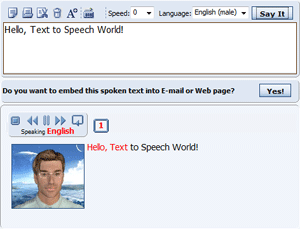Suggested procedure:
- Students watch the ad and note down the words they understand.
- Students compare their list of words with other students and watch the ad again.
- You may want to project the text of the ad after the second viewing.
Passive sentences. EXTENSION
- For higher levels you can ask the students to describe how the adjective is represented on the ad. For example: The kissers are represented by (a folded cap), the tanned are represented by (a cap located at the top left, representing the sun), those who add are represented by (two bottles which contain each a part of a sentence ) ...
Sample language: fat,skinny, tall, short, near sighted, optimistic, pessimistic, bikers,jugglers,different,clowns etc.
Materials:
You can download the materials by clicking HERE
- Video (watch it online or download it)
- Script of the ad for you as a teacher or to show to your students (project it on the board)
Thanks to Stephanie Williams, speaker at the 2012 British Council Conference, for providing me with this idea.


















